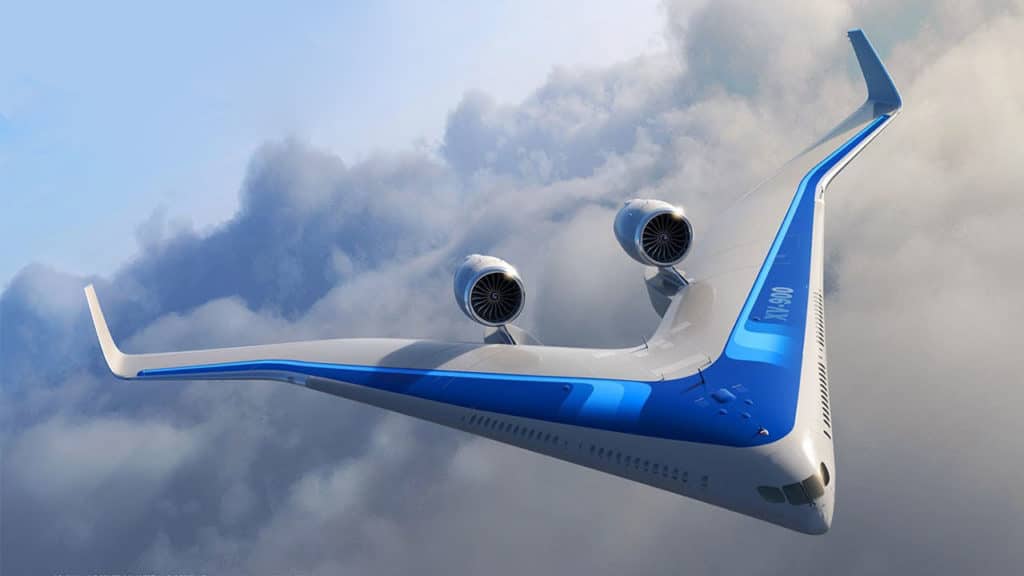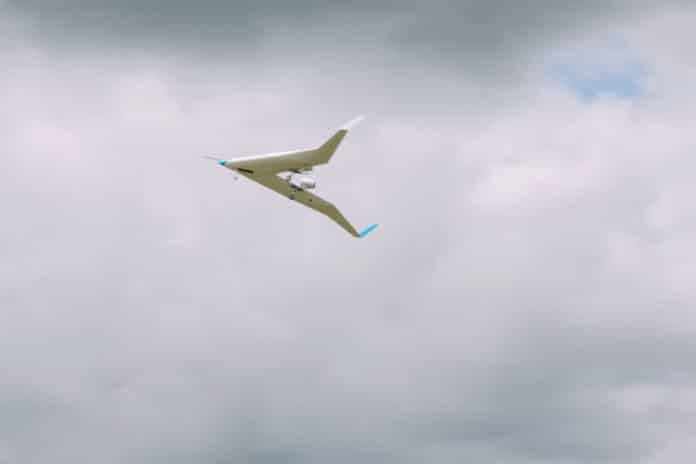A team of researchers, engineers, and a drone pilot from the Netherlands’ Delft University of Technology (TU Delft) have announced the successful maiden flight of the scaled model of their new Flying-V aircraft concept. The flight tests of the model equipped with electric motors took place at an airport in Germany.
The V-shaped aircraft project was first presented by the Dutch developers in June last year, together with airline company KLM Royal Dutch Airlines. The Flying-V is a design for a highly energy-efficient long-distance airplane. The aircraft design integrates the passenger cabin, the cargo hold, and the fuel tanks in its wings, creating a spectacular V-shape.

The project assumes that the aircraft will have a length of 55 meters and a wingspan of 65 meters and a height of 17 meters. The internal volume of the aircraft is 160 cubic meters. The Flying-V will seat 314 passengers. The engineers claim that the aircraft configured as a flying V should consume around 20% less fuel than today’s most advanced aircraft, thanks to the reduced aerodynamic drag and weight.
The flight-tested Flying-V weighs 22.5 kilograms, has a wingspan of 3.1 meters, and a length of 2.8 meters, which is just a fraction of the size of the concept. The model is fitted with a control system for drones and two 4kW electric motors, which were powered by a lithium-polymer battery weighing 6 kilograms.
The pilot’s task was to take-off, fly a number of test maneuvers and approaches until the batteries were nearly empty, and land. According to the operators, the “rotation on take-off was performed easily and occurred at a speed of 80 km/h. The plane’s thrust was good, and flight speeds and angles were as predicted.”
A next step for the team is to use the data collected during the flight for an aerodynamic (software) model of the aircraft and further improve the flight characteristics. The team is also aiming to provide the Flying-V with sustainable propulsion, taking into account that the design seems highly suitable to carry liquid hydrogen instead of kerosene.
